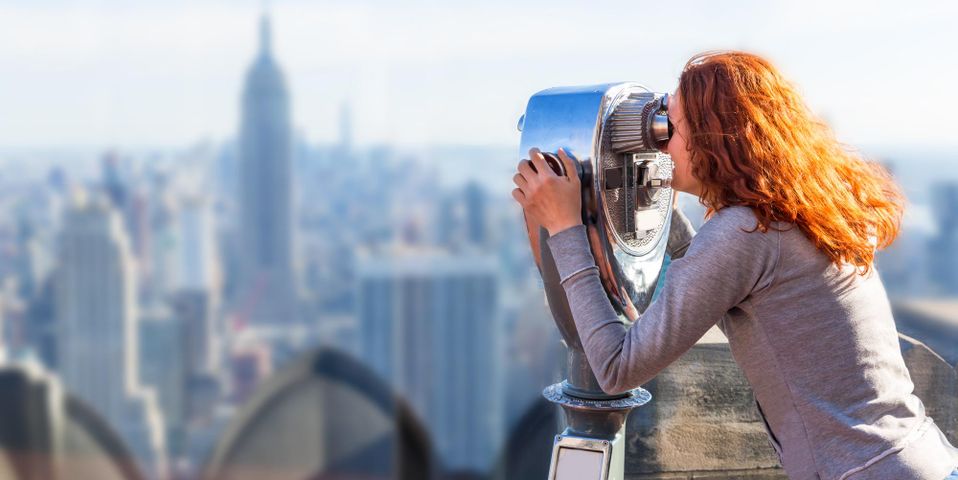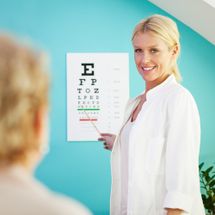How Good Is 20/20 Vision? Local Optometrist Explains

The phrase “20/20 vision” has been used by optometrists for over a century to refer to great eyesight. Many laypeople even use it as a synonym for perfect vision. However, while having 20/20 vision does mean that you can see clearly, it’s not the only metric that measures your ocular health. In fact, it simply refers to what the average person can see from a 20-foot distance. To shed more light on this often misunderstood topic, here’s what you should know about this common measurement for visual acuity.
Simple Guide to 20/20 Vision
How Is It Measured?
 Optometrists typically obtain a basic marker of visual acuity by having patients read an eye chart. Standing at a predetermined distance, the patient reads lines of letters, with each line representing a different level of visual strength. The average person can read the line that determines 20/20 vision.
Optometrists typically obtain a basic marker of visual acuity by having patients read an eye chart. Standing at a predetermined distance, the patient reads lines of letters, with each line representing a different level of visual strength. The average person can read the line that determines 20/20 vision.
After this initial reading, optometrists will check for refractive errors—such as being nearsighted or farsighted—using a phoropter. This device presents you with different powers of lenses to determine your ideal eyewear prescription.
Can You Have Vision That’s Better Than 20/20?
While 20/20 vision is average, it is possible to have better sight. For example, if you have 20/10 vision, you only can stand 20 feet away to see what normal individuals see from 10 feet.
What If You Don’t Have 20/20 Vision?
If your vision is worse than 20/20, your optometry provider will diagnose the eye problem you have—including nearsightedness or farsightedness. Essentially, being nearsighted means you can see objects better up close than far away. Farsightedness, on the other hand, is when you can see better far away than you do up close. After determining the proper lens prescription to correct your vision, your optometrist will prescribe a comfortable corrective eyewear solution such as glasses or contact lenses.
Should I Get Eye Exams If I Have 20/20 Vision?
Even if you have 20/20 vision, you should still visit an optometry clinic about once every two years for an eye exam. Vision can change with time, and these check-ups can help catch and correct these adjustments. Optometrists may notice problems that may suggest the presence of other health care issues—such as high blood pressure or diabetes.
If you’re searching for an exceptional eye care experience in the Upper West Side, look no further than Cohen’s Fashion Optical in Manhattan, NY. Featuring state-of-the-art equipment and skilled optometrists, this vision center is known for providing stress-free and convenient eye exams. To learn more about their products and services, visit this optometry center online. For appointments, call (212) 769-1410.
About the Business
Have a question? Ask the experts!
Send your question

